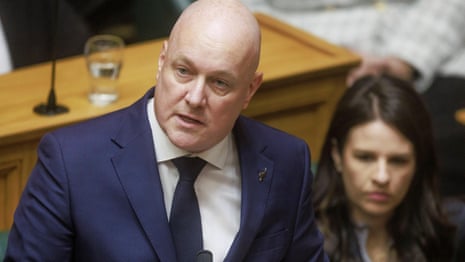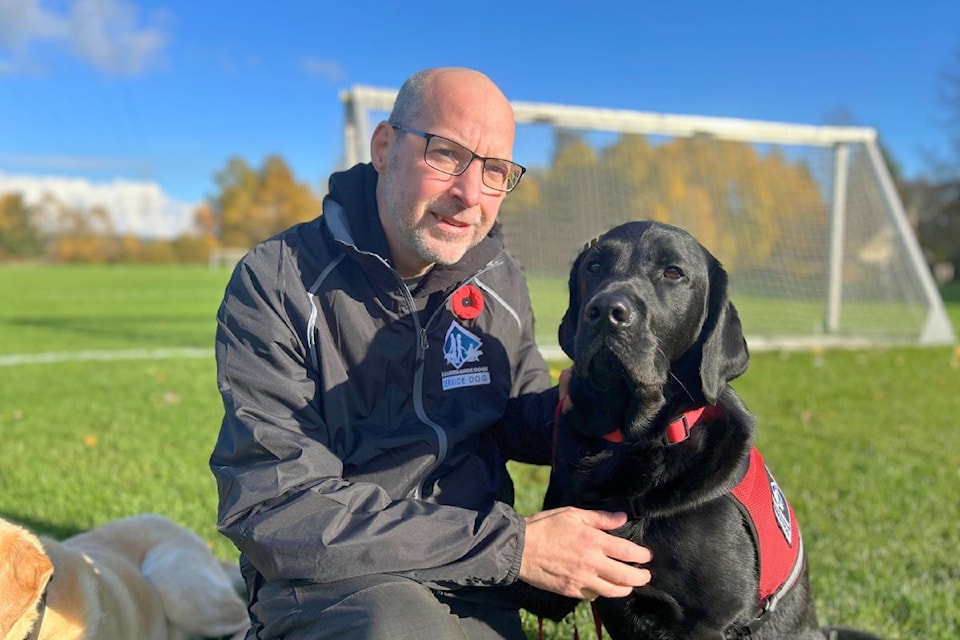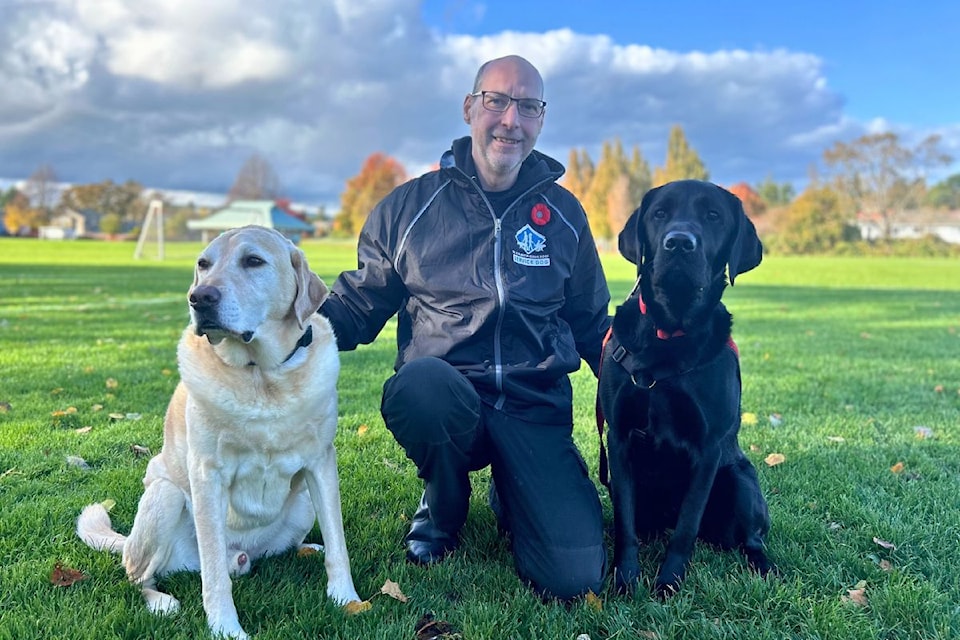Spain’s Sanchez Ramps Up Flood Aid After Valencia Protests

(Bloomberg) -- Spanish Prime Minister Pedro Sanchez announced a new economic relief package for victims of the storms that killed more than 220 people in the country’s worst natural disaster in more than six decades.
Spain is committing €3.8 billion ($4.1 billion) in a new aid relief package for victims of the Oct. 29 floods in Valencia, Sanchez said in a speech in Madrid on Monday. The package lists 110 different measures and joins a previous package announced earlier in the month which earmarked €10.6 billion, between direct aid and loan guarantees.
The new package includes €500 million to remove “thousands of tons” of mud and debris and repair sewages, Sanchez said. The package also seeks to help hundreds of workers keep their income and offers €200 million in direct aid to farmers who lost at least 40% of their production, among other things, Sanchez said.
So far, some 400 companies have requested to take part in furlough programs because of the floods, affecting some 9,000 workers, he said.
The announcement comes amid growing frustration among local residents in Valencia, fueled by a feeling that both regional and central governments did too little, too late. More than 100,000 people are estimated to have taken part in a march on Saturday to protest over management of the floods and its aftermath, with the anger largely aimed at the president of the region of Valencia, Carlos Mazon, but also partly targeted at Sanchez.
Sanchez had said on Nov. 5 that Spain would earmark as much as €10.6 billion for its first relief package. At the time, Sanchez said that package would include direct compensation for residents to cover houses that were destroyed, as well as home appliances and cars. The aid includes waiving or delaying certain taxes and levies.
Thousands of soldiers, police officers, firefighters and volunteers continue to operate across the areas impacted by the storms, which hit 75 towns in Valencia and three others in two more regions. Entire houses need to be rebuilt while others that remained standing still need to be cleaned from the mud created by the rain.
The central government on Nov. 10 said that 222 deaths have been recorded so far due to the floods, with 214 in the region of Valencia alone, and more bodies are still being identified and missing people searched for.
Anger against Mazon has been compounded by revelations late last week that he had been at a lunch for more than three hours with a local journalist on Oct. 29, as the Valencia emergency committee that he presides met and discussed what to do. The local government sent an alert after 8 p.m. telling people to seek shelter, when floods had already started and some 13 hours after the national weather agency had issued a red alert.
Mazon and Sanchez, who belong to rival parties, were walking together with King Felipe VI on Nov. 2 in one of the worst-hit towns when a furious crowd started throwing mud and objects at the three men. Sanchez was rushed off by his security detail.
The total cost of the floods is still unknown. Total insurance losses will exceed €3.5 billion, the government said last week, based on the first 72,000 insurance claims. The bulk of insurance claims is expected to be met by a special government agency that exists to cover natural disasters, among other incidents.
©2024 Bloomberg L.P.










 Veteran Stephane Marcotte said his service dogs, Sarge (left, retired) and Bunker, saved his life. Samantha Duerksen/Black Press Media
Veteran Stephane Marcotte said his service dogs, Sarge (left, retired) and Bunker, saved his life. Samantha Duerksen/Black Press Media